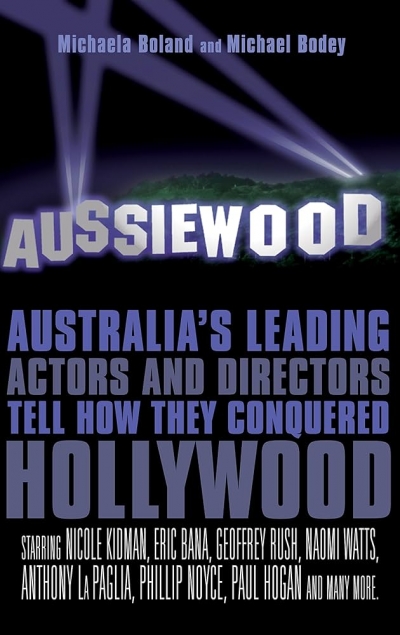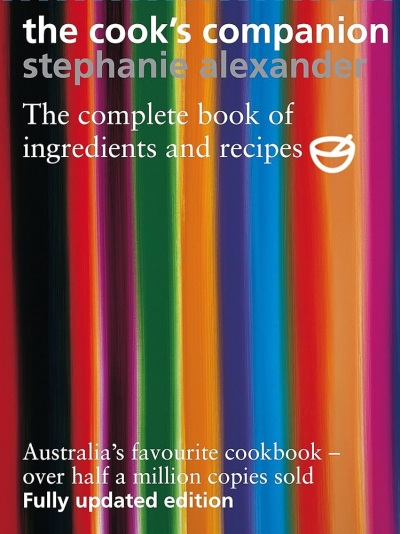Richard Johnstone
The Boy in the Boat by Brian O'Raleigh & A Story Dreamt Long Ago by Phyllis McDuff
Noeline by Noeline Brown & Much Love, Jac X by Jacki Weaver
To celebrate the best books of 2005 Australian Book Review invited contributors to nominate their favourite titles. Contributors include Morag Fraser, Peter Porter, Kerryn Goldsworthy, Nicholas Jose and Chris Wallace-Crabbe.
... (read more)The Cinema of Britain and Ireland edited by Brian McFarlane
Aussiewood by Michaela Boland and Michael Bodey & Trade Secrets by Terence Crawford
Nowadays, we want the truth. Suddenly, it seems, we are no longer content to be sceptical and laconic and sophisticated, or to take the line that there are many kinds of truth and that it all depends on how you look at it, and on who is doing the looking. Politicians and journalists, for example, long assumed by a knowing public to belong to professions that not only display but positively require a flexible approach to the facts, now find themselves being scrutinised and investigated to establish whether or not they have been telling lies. The Blairs – Jayson of The New York Times, and Tony of Her Majesty’s government – cannot, in their recent tribulations, have missed the irony of this dramatic shift. Where once we tolerated, even celebrated, shading and nuance and the need, sometimes, to elaborate and select and even invent in order to arrive at a truth of a kind that told us far more than the mere facts ever would, now we just want to get down to those plain unelaborated facts and to establish what really did happen, or is currently happening, or is about to happen.
... (read more)





